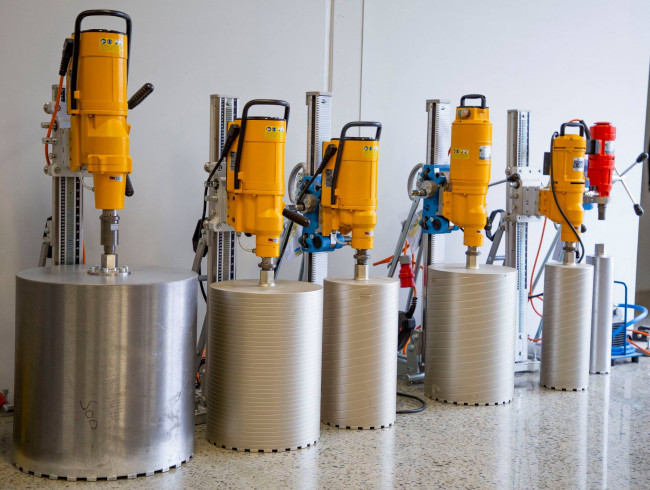 Uh oh, your check engine light just came on and your car is shaking like crazy. Don't panic - not yet at least. There could be a few reasons why your car is acting up, and some are more serious than others. Before you rush off to the mechanic, here are a few things you need to know about that annoying check engine light and car shaking and the worrisome shaking in your car. We'll walk you through how to diagnose the problem, determine if it's safe to keep driving or not, and what kind of repair costs you might be facing. Take a deep breath - we've got you covered with the info you need so you can get your car back on the road and that check engine light turned off for good.
Uh oh, your check engine light just came on and your car is shaking like crazy. Don't panic - not yet at least. There could be a few reasons why your car is acting up, and some are more serious than others. Before you rush off to the mechanic, here are a few things you need to know about that annoying check engine light and car shaking and the worrisome shaking in your car. We'll walk you through how to diagnose the problem, determine if it's safe to keep driving or not, and what kind of repair costs you might be facing. Take a deep breath - we've got you covered with the info you need so you can get your car back on the road and that check engine light turned off for good.
Why Is My Check Engine Light on and My Car Shaking?
Uh oh, the check engine light is on and the car is shaking—that can't be good. Here are some possible reasons why this could be happening:
Your engine could be misfiring. This means one or more of the cylinders in the engine is not working properly. It's failing to ignite the fuel and air mixture, causing the engine to shake. This could be caused by bad spark plugs, fuel injectors, or ignition coils that need replacement.
The mass airflow sensor may be malfunctioning. This sensor measures the amount of air entering the engine, and if it's on the fritz, it can make the engine run rough and shake. Replacing the mass airflow sensor should fix the problem.
There could be a loose or damaged engine mount. The mounts attach the engine to the vehicle frame, reducing vibration. If one is loose or broken, the engine won't be secured properly and will shake. Replacing or tightening the engine mounts should stop the shaking.
A clogged fuel filter can also cause the check engine light to turn on and the engine to shake. The filter removes contaminants from the fuel before it enters the engine. When clogged, not enough fuel can pass through, starving the engine. Installing a new fuel filter will likely remedy this issue.
As you can see, there are a few possibilities for why your check engine light is on and the car is shaking. The best course of action is to have the vehicle checked by a trusted mechanic as soon as possible. They can scan for diagnostic trouble codes to determine the exact cause of the problem and perform necessary repairs to get your vehicle running safely again.
Common Causes for Check Engine Light and Vibrations
A check engine light and shaking are never a good sign. It usually means there's something going on under the hood that needs attention. Here are some of the common culprits:
Faulty Ignition System
If your engine is misfiring, it'll shake and the check engine light will come on. This could be caused by bad spark plugs, plug wires, or a faulty ignition coil. Have the ignition system tested to pinpoint the problem.
MAF Sensor or O2 Sensor
The mass airflow sensor and oxygen sensor monitor how much air and fuel are mixing in the engine. If either is malfunctioning, it can cause the engine to run rough and trigger the check engine light.
Vacuum Leak
A vacuum leak means air is getting into the engine that isn't being measured by the MAF sensor. This also disrupts the air/fuel mixture and creates vibrations and the check engine light. Smoke testing can help find the source of the leak.
Bad Catalytic Converter
The catalytic converter controls emissions, but if it's failing it prevents exhaust from escaping properly. This creates backpressure that makes the engine run rough and lights up the check engine light.
As you can see, problems with ignition, sensors, emissions or vacuum leaks are often the culprit behind a shaking engine and illuminated check engine light. The best course of action is to have the vehicle scanned for codes to determine the cause of the problem, then have necessary repairs made to get your ride running right and turn that light off for good.
What to Do Next - Diagnosing the Problem
The check engine light coming on and your car shaking likely means there’s an engine issue that needs diagnosis and repair. Here are the steps to take next:
Have the vehicle scanned for diagnostic trouble codes. This can be done at most auto parts stores for free. The code(s) will point to the system that needs repair, like a sensor or ignition problem. Write down the code(s) so you have them for reference.
Check for loose or damaged hoses and wiring. Open the hood and do a visual inspection of all hoses, wiring and connections leading to the engine. Look for anything that’s loose, torn or damaged. Tighten or replace as needed. This could potentially solve the problem and clear the codes.
Test the ignition system. If the engine is misfiring, it’s often an ignition system issue. This includes spark plugs, plug wires, coils, etc. Have the ignition tested to check that all parts are functioning properly and producing a strong spark. Replace any faulty components.
Evaluate the sensors. Faulty sensors like oxygen sensors, crankshaft position sensors and camshaft position sensors can trigger the check engine light and engine shaking. Have the sensors tested and replace any that aren’t responding properly.
Check for vacuum leaks. Listen for a hissing sound coming from the engine and inspect all vacuum hoses for cracks or damage. Vacuum leaks can disrupt the air-fuel mixture and cause the engine to misfire or shake. Replace any damaged vacuum hoses.
If the problem persists, have the vehicle diagnosed by a trusted mechanic. They can do a road test to experience the issue firsthand, and perform a thorough diagnosis using a scan tool to evaluate sensor data and pinpoint the root cause of the problem. From there, they can recommend necessary repairs to get your vehicle running safely again.
Conclusion
So there you have it - the basics on what could be causing your check engine light to come on and your car to start shaking. As you've read, it could be something as simple as a loose gas cap or as serious as engine misfires or failing fuel injectors. The best course of action is to have the vehicle scanned for diagnostic trouble codes as soon as possible. A reputable mechanic can then perform tests to pinpoint the exact cause of the problem. While it may be an annoyance and inconvenience, getting it checked out right away is the smart and safe thing to do. Your vehicle's performance and reliability are at stake, not to mention your safety on the road. Take it from your car - that little check engine light is trying to tell you something important. Listen to it and get the help you need. Your ride will thank you!
Click HAre for Info ABout AMAZON ACCOUNT REINSTATEMENT
















